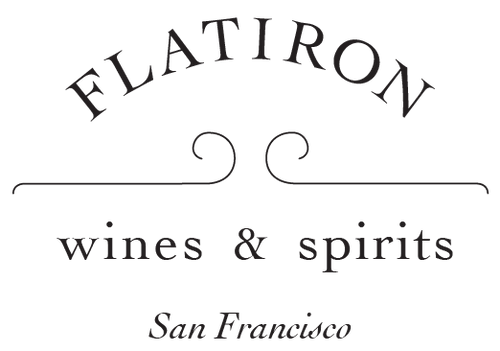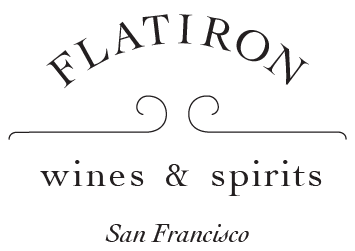
Orange Wine 101: Eastern Promises
A decade ago, when orange wines first started appearing on the shelves and lists of some more adventurous wine shops and restaurants. Their unusual charm was initially thought of as a novel thrill. They arrived like a fad but their quality, mystique, and rarity fueled a popularity that has moved beyond the hipsters and aficionados who first championed it. They have become the most talked about wines out there and often the most requested category in the shop.
Orange wines are white wines that have been macerated, which is another term for skin-contact, or the period during winemaking when the grape skins remain in contact with the juice.
A bit of wine 101: red wine and some rosés get their color from maceration. Most red wines are made by fermenting grapes with their skins for the entire period of alcoholic fermentation, though the juice can be separated earlier if the winemaker seeks a lighter taste or body.
Rosés usually undergo less than 12 hours macerating on their skins before the juice is pressed off and fermentation is allowed to finish, though some can rest on their skins for up to a week. Most white wines are made by pressing grapes after harvest, and only the resulting juice is fermented. But even with white grapes, if you let the juice ferment on the skins, it extracts additional tannin and flavor, just like in red wines.
During maceration, the wines can become darker than the average white bottling. It’s why they’re often referred to as orange wine, though not all skin-contact wines are orange in color. In The Republic of Georgia where the technique was originated and preserved for 5000 years, the preferred nomenclature is “Amber Wine”. In Italy: Ramato.
These wines and the techniques to make them may have never left the Caucasus if it wasn't for a couple of Italians from Friuli-Venezia Giulia. In the 1990’s after spending time in Georgia, Stanko Radikon and Joško Gravner were inspired to bring these techniques and tools (such as qvevri, the clay vessels that are buried underground where maceration and fermentation take place) back home.
Made from grapes like Ribolla Gialla and Tocai Friulano, as well as Pinot Grigio, these two cult producers brought skin-contact wines to prominence. It inspired a new era of experimentation throughout the world.
One should expect deeper flavors and bolder aromas from Orange wines than one would form a wine made of the same grape using traditional white wine vinification. The color can range from light straw to a deep amber. Many will have flavors of fresh apricot and other stone fruit as well as intense floral notes. The kicker though is the tannins. Generally not something that one associates with whites, the tannins in orange wines can range from sleek to rustic.
Skin contact is a technique above all and depending on the winemaker and methods, orange wines can be structured and elegant, earning serious praise among traditional-style wine lovers.
Making these wines often involves less intervention, and most orange wines are bottled with visible sediment or can even appear cloudy. So, while nothing inherently dictates a skin-contact wine be “natural”, an equally if not more ambiguous designation, they do tend to fall somewhere along the natural wine spectrum.
Occupying the space between fresh, citrusy, stone-fruited whites and the more intense and structured qualities of red wine makes orange wine amongst the most versatile when it comes to food pairings. Great with any type of cheese from mild to ripe, it's a great choice if you are only serving one wine. Depending on the bottling, orange wines can have a place anywhere from the first course to the main. That extra kick of flavor also makes many of them excellent with the spicy and exoticy flavored cuisines of Thailand, Laos, Peru, India, Malaysia, and Mexico. They also compliment earthy dishes such as winter stews and lentils soups.
Obviously big fans of the stuff, we carry a rather large selection of Orange wines. I've decided to split this offer up into two parts. Today's offer will focus on wine that comes from Slovenia east to the steppes of Georgia, their ancestral homeland. The varied styles are a lens into the amazingly diverse terroir and traditions of this often overlooked area of the wine world. The wines below are listed in order of lightest to richest. These delicious examples make it clear how these one time oddities have rapidly established themselves in the fine-wine canon.
Keep your eyes peeled for the second part, where we will focus on wines from Western Europe, the U.S., and Australia. Feel free to reach out to me with any specific questions about the wines below. You can call the shop or email me at lee.madueno@flatiron-wines.com.

